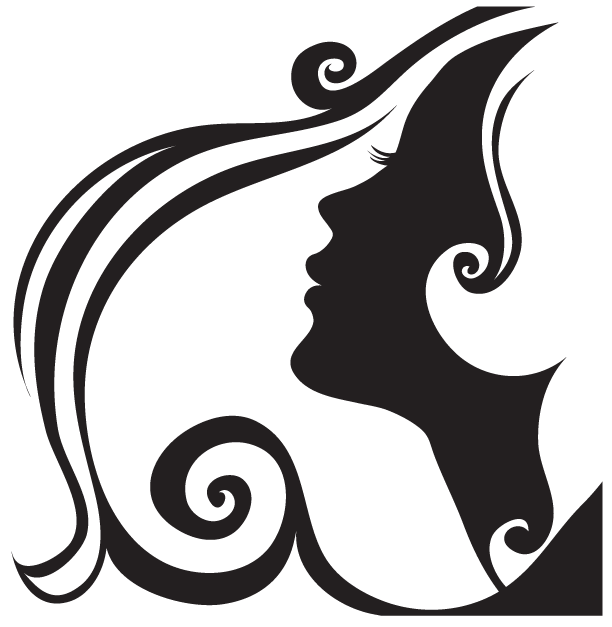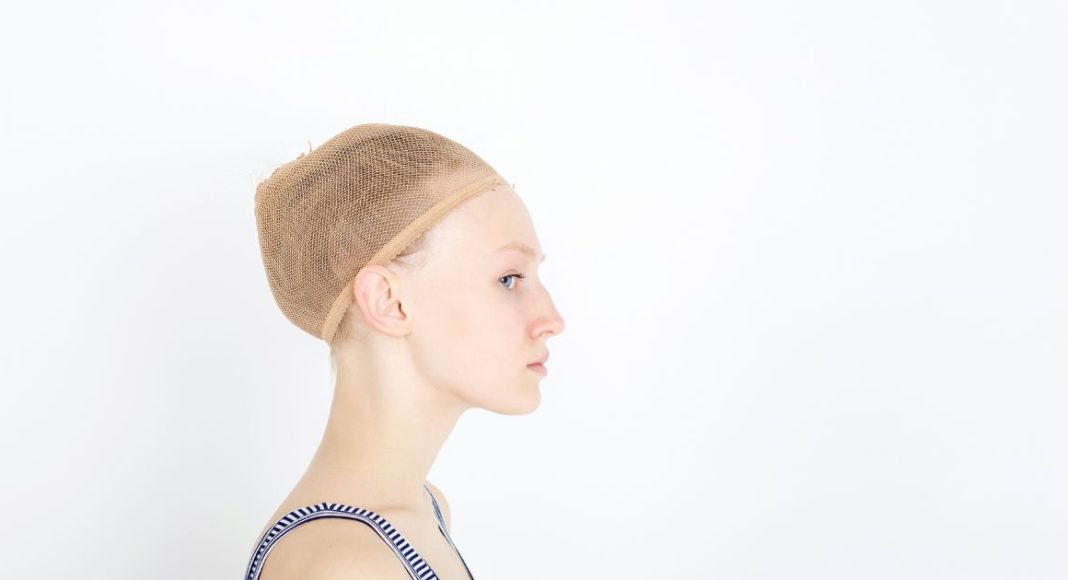“Can you use a wig cap for waves?” is a question that arises at the intersection of hairstyling, convenience, and fashion. In recent years, the world of hair accessories and styling has seen a surge in creativity and innovation, leading to a wide array of tools and techniques for achieving the perfect hairstyle. One such innovation is the use of wig caps, traditionally employed for securing wigs, in the quest for achieving beautiful, natural-looking waves. This intriguing concept blends the practicality of wig caps with the desire for stunning, textured waves, challenging conventional hairstyling methods and pushing the boundaries of what’s possible in the world of hair fashion. In this discussion, we will explore the potential of using a wig cap to create waves, considering the techniques, benefits, and possible drawbacks associated with this unique approach.
Can you use a wig cap for waves?
Yes, you can use a wig cap to create waves in your hair. Wig caps are often used as a base for wigs to help secure them and keep the hair underneath in place. To use a wig cap for waves, follow these steps:
- Start with clean, dry hair: Ensure your hair is clean and dry before proceeding.
- Put on the wig cap: Place the wig cap over your head and make sure it covers your hair completely.
- Section your hair: Divide your hair into small sections, as this will make it easier to create waves.
- Create waves: Use a curling iron, flat iron, or hair rollers to create waves in each section of your hair. The wig cap will help hold the shape of the waves.
- Style as desired: Once you’ve created waves in all the sections, style your hair as you like. You can brush through the waves for a softer look or leave them more defined.
Using a wig cap as a base can help the waves hold better and provide a unique texture to your hair. Just ensure that the wig cap is secure, and your waves are well-defined to achieve the desired look.
Is a wave cap necessary for waves?
A wave cap is not strictly necessary for creating waves in your hair, but it can be a useful tool to help enhance and maintain the wave pattern. Wave caps, also known as durags or wave brushes, are commonly used by individuals who aim to achieve and maintain stylish waves in their hair. Here’s how a wave cap can be helpful:
Wave Formation
Wave caps help to create and set wave patterns in the hair. They can be worn after applying wave-enhancing products, like pomade or hair moisturizers, to encourage the formation of waves.
Compression
Wave caps apply gentle pressure to the hair, which aids in training the hair to form waves. The compression helps maintain the desired wave pattern.
Protection
These caps protect the hair and waves from frizz, moisture, and external elements. They keep the hair in place, preventing the waves from becoming disrupted.
While a wave cap can be a valuable tool for achieving and maintaining waves, it’s not the only method. Proper haircare, including regular brushing and use of wave-enhancing products, can also help create and maintain waves. Whether or not you choose to use a wave cap depends on your personal preferences and your haircare routine.
What is a wig cap used for?
A wig cap is a specialized head covering primarily used for two main purposes:
Securing Wigs
Wig caps serve as a base or foundation for wigs. They are worn over the natural hair to hold it in place and provide a smooth surface for the wig to sit on. By securing the natural hair, wig caps prevent it from peeking out from under the wig, ensuring a more natural and polished look.
Protecting Natural Hair
In addition to keeping the hair in place, wig caps help protect the natural hair from friction and potential damage caused by wigs. They act as a barrier, reducing the risk of hair breakage, tangling, or matting due to extended wig wear.
Wig caps come in various materials, including nylon, mesh, and spandex, and they can be essential for individuals who regularly wear wigs, weaves, or extensions. They create a comfortable and protective layer between the wig and the natural hair, making the wig-wearing experience more comfortable and preserving the health and quality of the wearer’s hair.
More: Do Wig Caps Have Latex? What Are Wig Caps Made Of?
Is it OK to wear a wig cap?
Wearing a wig cap is generally okay and serves specific purposes, particularly when wearing wigs or extensions. Here are the key reasons people wear wig caps and when it’s appropriate:
- Securing Wigs: Wig caps are often used as a base to secure wigs in place. They help keep the wig firmly attached to your head, preventing it from shifting or slipping.
- Protecting Natural Hair: Wig caps provide a barrier between your natural hair and the wig. This helps protect your hair from potential damage due to friction, pulling, or adhesive used to secure the wig.
- Creating a Smooth Surface: Wig caps create a smooth and even surface for the wig to sit on. This can help ensure that the wig looks natural and conceals your natural hair underneath.
- Enhancing Comfort: Some people find that wearing a wig cap adds a layer of comfort between their scalp and the wig, reducing any potential irritation.
- Maintaining Hygiene: Wig caps can help keep your scalp clean and dry, as they absorb sweat and prevent it from reaching the wig.
However, it’s essential to wear wig caps properly to avoid discomfort or issues. Make sure they are the right size and material for your needs, and ensure that your natural hair is adequately contained within the cap. Additionally, avoid wearing wig caps for extended periods to allow your scalp and hair to breathe.
Ultimately, whether or not it’s okay to wear a wig cap depends on your personal preferences and the specific needs of your hairstyle or wig. When used correctly, they can be a valuable accessory for maintaining and enhancing your hair or wig’s appearance and comfort.
More: Are Wig Caps Reusable?


